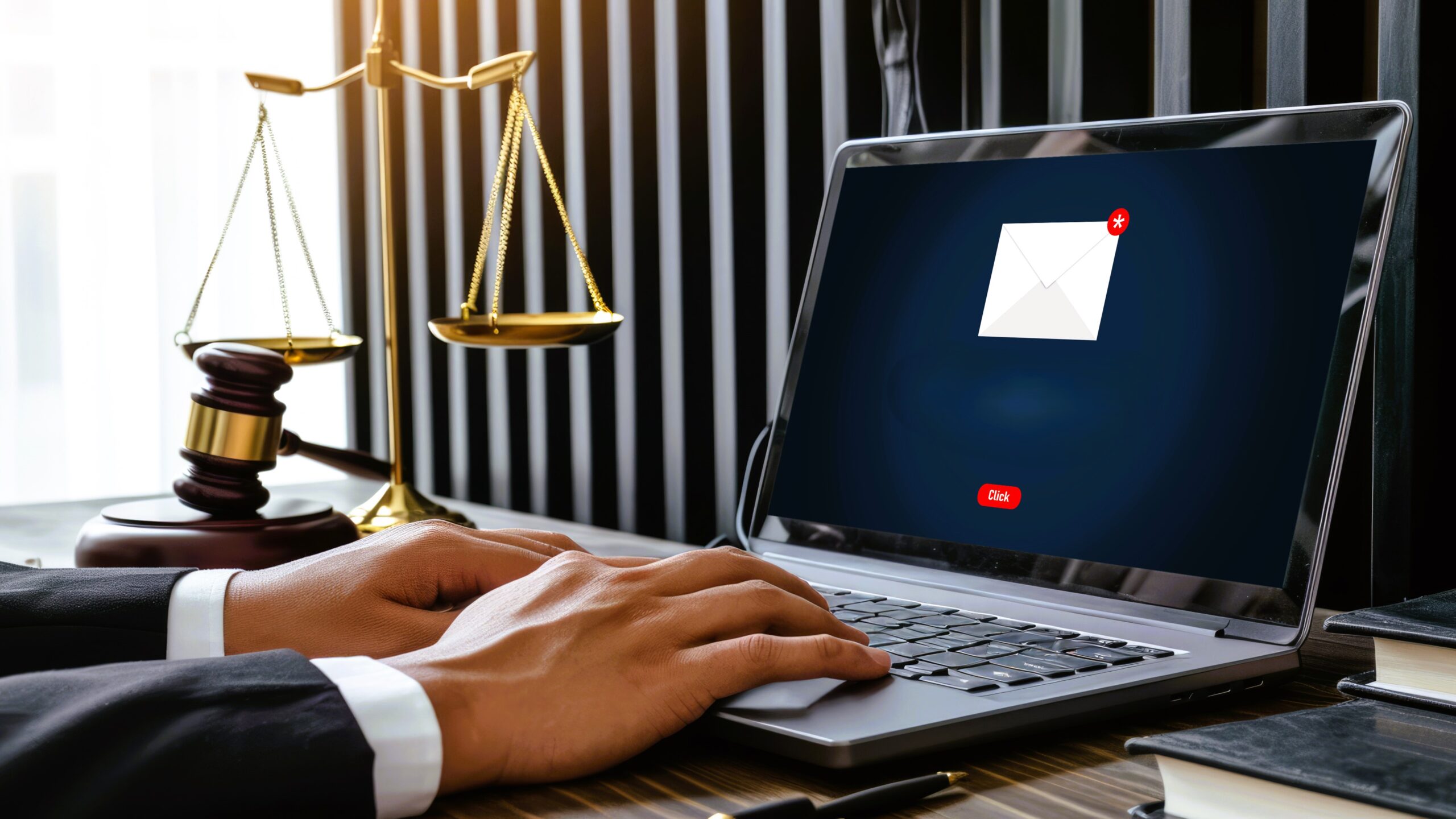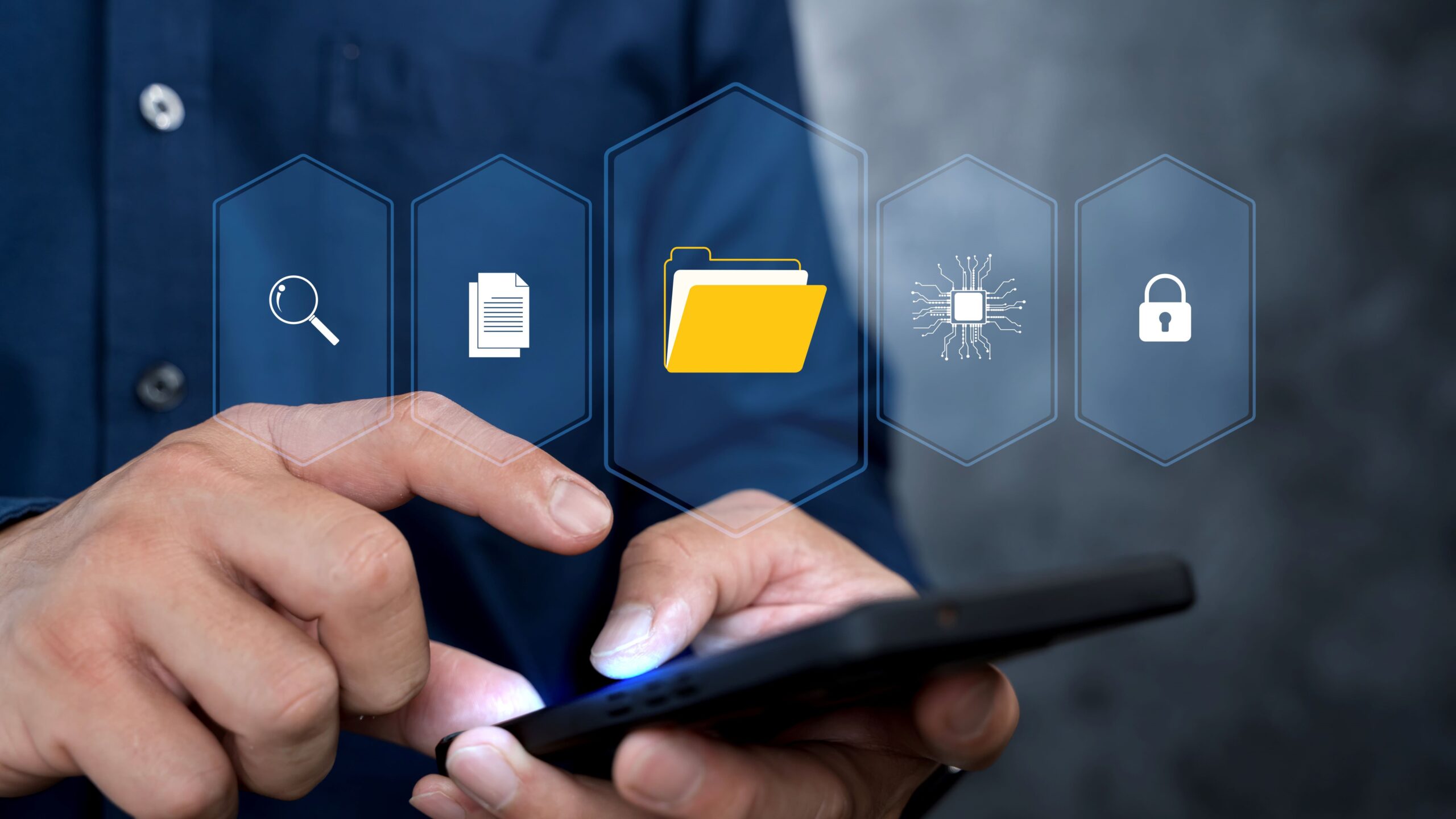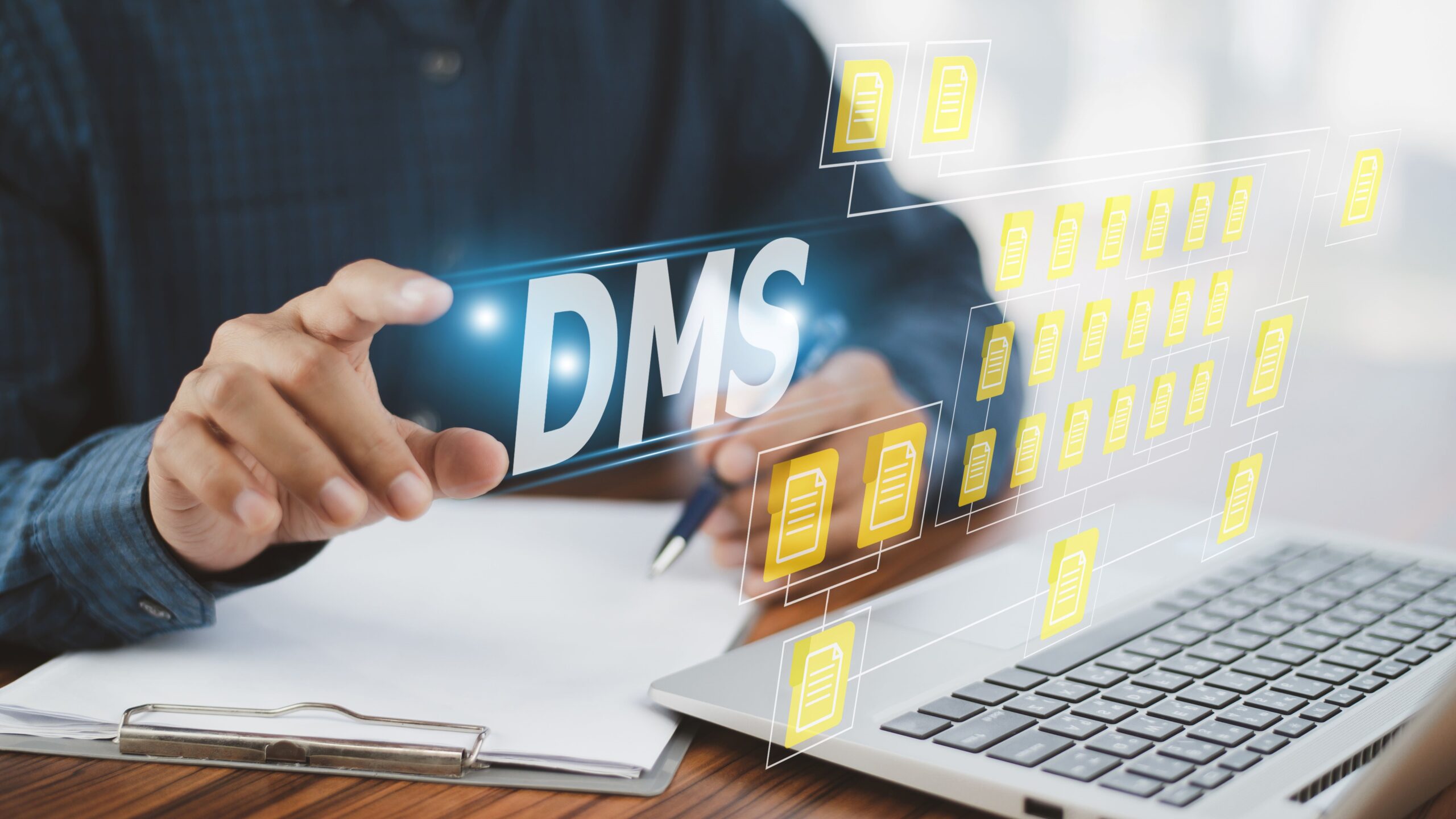Let’s face it—we live in a digital-first world. From contracts to conversations, everything’s flying back and forth over the internet. But when things go wrong—think disputes, fraud, or lawsuits—how do you prove what happened and when? One of the most commonly cited digital proofs is the email timestamp. But is it really enough to hold up in court? Or is it just a digital breadcrumb that can be questioned or manipulated? Buckle up, because we’re diving deep into how digital proof works, where email timestamps stand legally, and what else you might need to protect yourself.
What Is a Digital Timestamp, Anyway?
A digital timestamp is essentially a recorded date and time attached to a specific digital event or action. Imagine it as a kind of digital receipt or proof that indicates exactly when something happened in the online world. Just like a receipt from a store shows the time and date of your purchase, a digital timestamp marks when an email was sent, a file was created, or a transaction took place. This simple piece of data can be incredibly powerful when it comes to verifying the timing and authenticity of digital activities.
But a digital timestamp isn’t just about the date and time; it often carries more context depending on the system it’s attached to. For instance, some timestamps can reveal who performed the action, on which device, or even from what location, adding layers of detail to the digital footprint. This makes timestamps a crucial element in a wide range of scenarios — from proving ownership of intellectual property to verifying the sequence of events in a legal dispute. Without a timestamp, digital files and messages could lose much of their credibility in terms of timing and authenticity.
There are different types of digital timestamps used across various platforms and technologies. The most familiar to many is the email timestamp, which records when an email was sent or received. However, timestamps can also be embedded within document metadata, showing when a file was created or last modified. More advanced forms of timestamps include blockchain timestamps, which use decentralized technology to create tamper-proof records. Server logs, on the other hand, track digital activities on websites or applications and often provide detailed timelines of user actions.
While digital timestamps sound straightforward and trustworthy, their reliability can vary greatly depending on how they are generated and stored. Some timestamps can be manipulated or forged, especially if the underlying system lacks robust security measures. That’s why understanding the nature of a timestamp and the technology behind it is essential, especially when it comes to using these records as legal proof or in formal disputes. Not all timestamps are created equal, and knowing their strengths and limitations helps us better assess their value as digital evidence.
Can Email Timestamps Be Trusted?
| Aspect | What It Shows | Potential Issues | How It Can Be Manipulated | Legal Reliability |
| Date and Time Sent | Records when the email was sent | Computer clocks can be inaccurate or tampered with | User can manually change system time | Courts may question accuracy without supporting evidence |
| IP Addresses | Shows origin and destination IP addresses | IPs can be masked or routed through proxy servers | Sending via offshore or anonymous servers | Often seen as weak proof unless verified by ISP |
| Mail Server Path | Traces the route the email took through servers | Headers can be edited or forged | Email header spoofing tools can alter server path info | Courts treat this cautiously due to possible manipulation |
| Email Headers Integrity | Contains metadata about the message | Headers are vulnerable to hacking or modification | Use of specialized software to edit or forge headers | Forensic analysis required to verify authenticity |
| Time Zone Information | Indicates sender’s time zone for timestamp accuracy | Sending through servers in different time zones affects time | Routing email through servers in other countries | Can cause confusion, courts may need expert interpretation |
The Legal Weight of Email Timestamps
- Email timestamps are rarely definitive on their own. Courts almost never accept them as irrefutable proof without additional supporting materials. They can easily be influenced by server issues, user errors, or intentional manipulation.
- The sender’s device time can be inaccurate. If someone manually changes the system clock or if the device’s internal clock is misaligned, the email timestamp can misrepresent the actual send time. Courts are aware of this and tread carefully.
- Time zones complicate the narrative. An email sent from India might show a completely different time than what the recipient sees in the U.S., which leads to confusion in legal timing—especially in contract disputes where “exact time” matters.
- Email headers can be forged. It’s not rocket science to alter email metadata using readily available software. This makes it difficult to take a timestamp at face value unless verified through forensic analysis.
- Email delivery isn’t always instant. Sometimes, emails get delayed in the server queue, especially with high-traffic systems or spam filters. So, even if you hit send at 11:59 PM, the actual delivery might happen after midnight, which can ruin a legal deadline.
- Spam folders don’t follow the rules. If an email ends up in spam, recipients might not see it for hours—or at all. Claiming an email was sent doesn’t prove it was received or read, which matters legally in “notice of communication” disputes.
- Corroborating evidence is key. A judge will always look for a trail: Was there a reply to the email? Is there a log from the email server that confirms its journey? Does the recipient acknowledge seeing it? Without these, the timestamp stands on shaky ground.
- Secure email services earn more trust. If the email was sent through a secure, encrypted platform with third-party validation (like DocuSign, ProtonMail, or government-verified systems), the timestamp gets a credibility boost.
- Forensic experts may need to verify the email. In serious legal disputes, digital forensic analysts are called in to validate whether an email’s metadata is authentic. This can include examining server logs, header paths, and binary file signatures.
- Blockchain-based email systems are emerging. Some newer systems use blockchain to lock in timestamps immutably. If an email’s timestamp is blockchain-verified, it’s much harder to argue against, though these systems are still rare in court.
What Makes Digital Proof Court-Admissible?
When it comes to digital evidence—whether it’s an email, a timestamped document, or a server log—courts don’t just accept anything thrown at them. There’s a rigorous framework they follow to determine if the digital proof deserves a seat at the legal table. And it’s not just about whether the evidence exists, but whether it meets the legal threshold of admissibility. This is where the so-called “four pillars” come into play: relevance, authenticity, integrity, and chain of custody. Miss even one, and the whole thing can crumble in court.
The first factor is relevance. A piece of evidence must directly relate to the case. Just because you have a timestamped email doesn’t mean it helps your argument. The court will ask: does this email help prove or disprove a fact that matters in this legal situation? For instance, if you’re claiming a deadline was met, then the email must clearly tie to that deadline. Otherwise, it’s just background noise. Relevance acts like the first gatekeeper—if your digital proof can’t make it through, nothing else matters.
Once relevance is established, the court looks at authenticity. This is where things start to get tricky. Can you prove that the email or timestamp hasn’t been tampered with? Has it come from a reliable source? Authenticity often involves expert testimony or metadata analysis to confirm that the file is original and hasn’t been altered in any way. If there’s any suspicion of digital manipulation—like altered headers, missing logs, or inconsistent device records—the whole piece of evidence could be tossed aside. Authenticity isn’t just about the file looking right; it’s about being able to prove it’s right.
Then there’s integrity and chain of custody, two concepts that work hand-in-hand. Integrity asks whether the data has been collected and stored in a secure and tamper-proof manner. Did someone download the email onto a flash drive that got passed around? Or was it archived in a secure, read-only system with limited access? The cleaner the storage process, the stronger the argument. Chain of custody, on the other hand, is about accountability. Who accessed the file? When? Was it moved, copied, or edited? Courts want to see a crystal-clear record of who handled the digital evidence at every step. If the email timestamp you’re relying on can’t show a transparent history, its credibility might be irreparably damaged. Together, these four pillars determine whether your digital proof stands tall—or collapses under scrutiny.
Can You Strengthen an Email Timestamp?
| Technique | What It Is | How It Helps | When to Use It | Potential Drawbacks |
| Digital Signatures | Cryptographic markers attached to an email | Proves who sent the email and that it hasn’t been altered | Important contracts, confidential communication | Requires setup and may not be supported by all email providers |
| Trusted Timestamping Authorities | Third-party services that apply secure timestamps | Adds credibility by having an independent party verify the time of sending | Legal filings, financial transactions | May involve fees; requires selecting a reputable provider |
| Email Archiving Solutions | Systems that store copies of emails with tamper-proof metadata | Maintains a record that shows the email’s full audit trail | Ongoing business correspondence | Expensive for individuals; more useful for businesses |
| Blockchain Timestamping | Using blockchain to log the existence of a document or message at a given time | Offers decentralized, tamper-resistant proof that the content existed at a specific moment | High-stakes agreements, intellectual property claims | Still emerging in legal standards; might need expert explanation in court |
| Secure Mail Servers | Platforms with end-to-end encryption and built-in logging | Helps validate delivery, sender identity, and delivery time in a secure environment | When security and traceability are top priorities | Requires technical setup; often overkill for informal use |
When Email Timestamps Work Well
- Email timestamps are most effective when they originate from official business records maintained as part of regular operations. In such cases, emails are generated and stored systematically, reducing the chance of tampering and increasing trustworthiness.
- When emails are stored on corporate or organizational servers that maintain detailed access logs, the timestamp gains credibility. These logs record every interaction with the email, such as sending, receiving, and opening times, which act as external verification for the timestamp.
- Email systems with internal archiving and monitoring mechanisms strengthen the reliability of timestamps. These systems preserve metadata related to email creation, modification, and transmission, making it difficult for anyone to alter timestamps without leaving a trace.
- Timestamps coming from email accounts linked to secured domains or official company accounts are generally more trusted than those from personal or anonymous addresses, as they typically follow strict security and compliance protocols.
- When email timestamps are part of a well-documented chain of communication, supported by related emails, contracts, or receipts, they are more persuasive. This context helps corroborate the timing and content, providing a fuller picture that courts find compelling.
- Emails processed through secure and authenticated email servers, especially those utilizing encryption and digital signatures, enhance timestamp credibility by ensuring the message’s integrity and origin.
- Use of time synchronization protocols on servers, such as Network Time Protocol (NTP), ensures timestamps are accurate and consistent, which strengthens their acceptance as valid time records.
- Emails archived under legal hold or compliance retention policies provide additional assurance because they are preserved under controlled conditions to prevent deletion or alteration, which courts recognize as trustworthy.
- In regulated industries like finance or healthcare, emails maintained according to industry-specific record-keeping standards carry extra weight, as these sectors require stringent data management practices.
- When email timestamps align with third-party verification services, such as Trusted Timestamping Authorities (TSAs), courts are more inclined to accept their validity because an impartial party confirms the timing.





